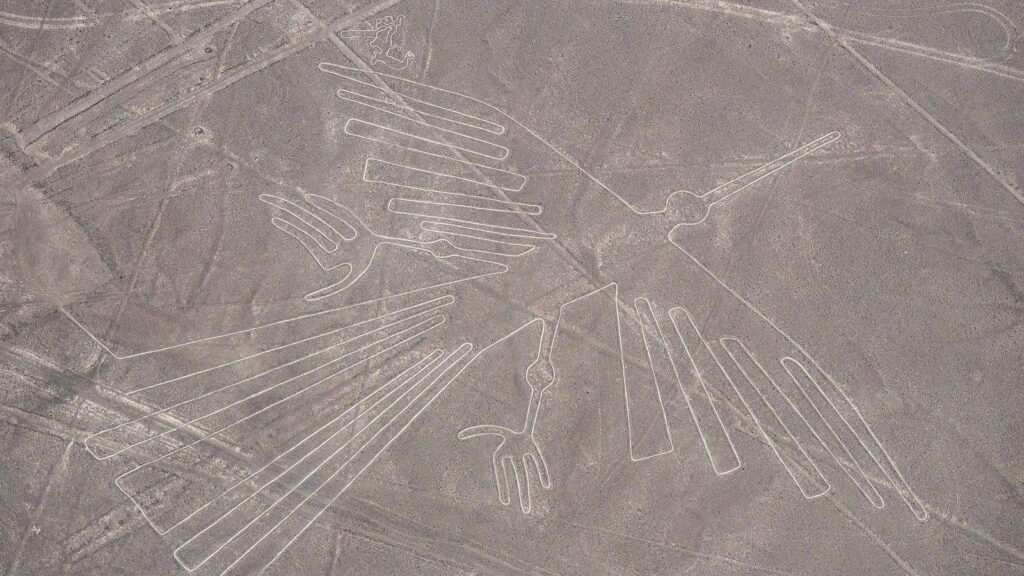Ancient civilisations have always fascinated us with their mysteries, achievements, and cultures. While we know a lot about the Egyptians, Greeks, and Romans, there’s still plenty that remains hidden beneath the sands of time. Let’s dive into 20 lesser-known aspects of these fascinating societies.
First Known Peace Treaty
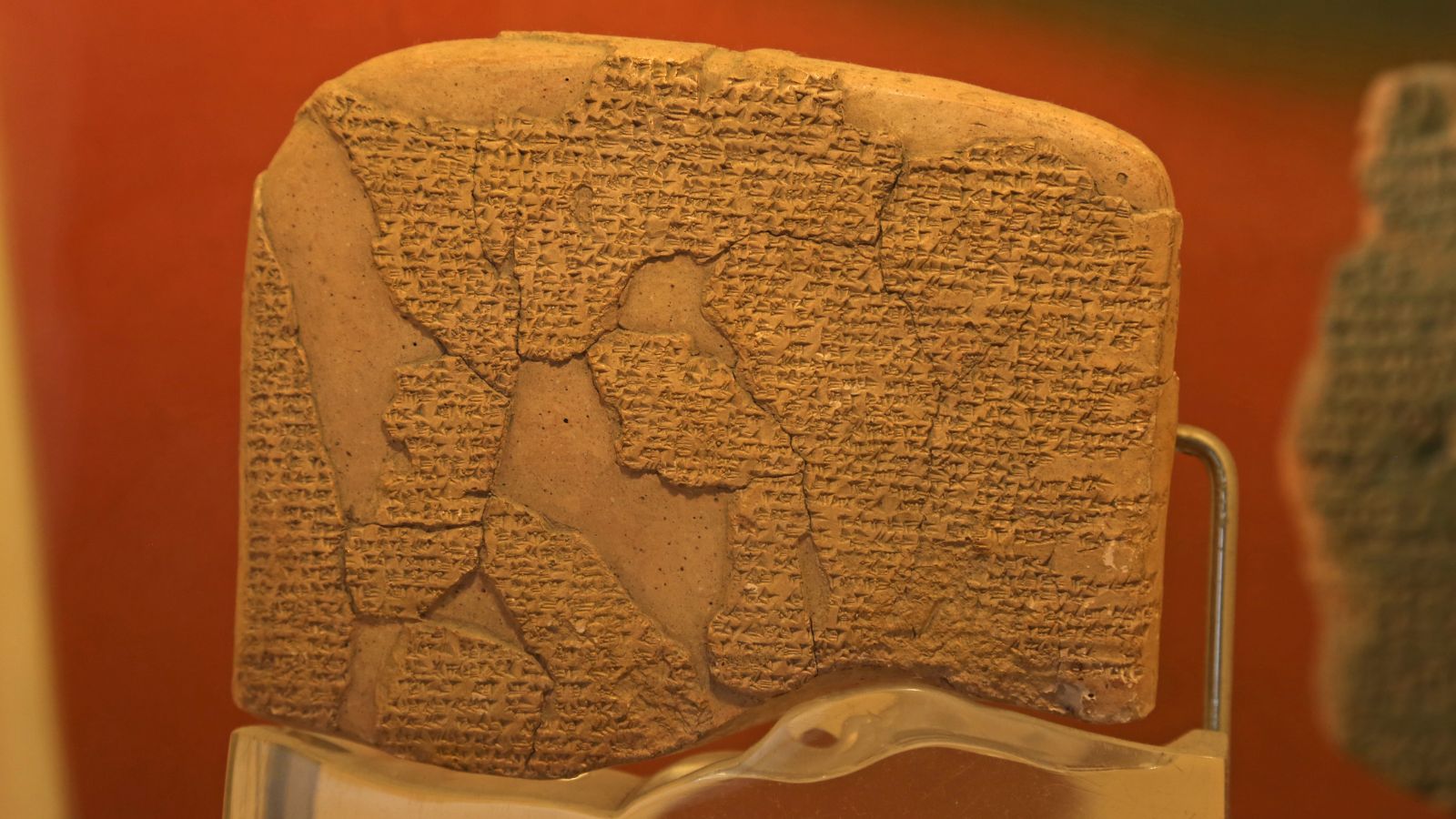
The Egyptians and the Hittites are credited with creating the first known peace treaty around 1259 BC. According to the World History Encyclopedia, Ramesses II was credited: “Among his greatest moments as pharaoh, however, is not an act of war but one of peace” when he signed this historic agreement after the Battle of Kadesh. A significant conflict that neither side could claim as a clear victory.
The World’s Oldest Known City
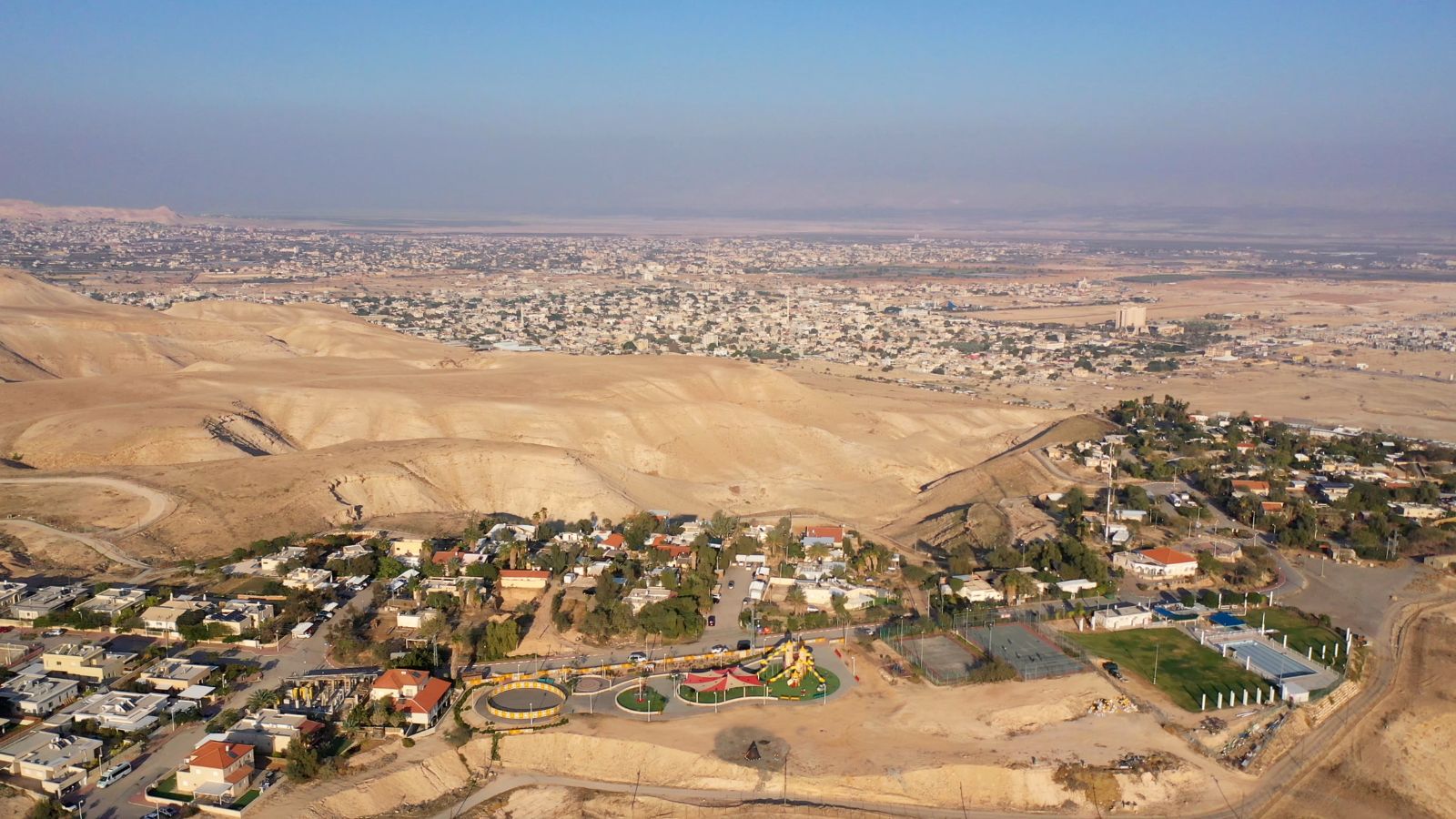
Jericho, located in the West Bank, holds the title of the oldest known city in the world. Dating back to around 9000 BC, it was a thriving settlement long before the construction of the Egyptian pyramids or the rise of Mesopotamian cities. Archaeological excavations have uncovered extensive evidence of ancient walls, towers, and houses, indicating a well-organised community.
Indus Valley’s Advanced Urban Planning
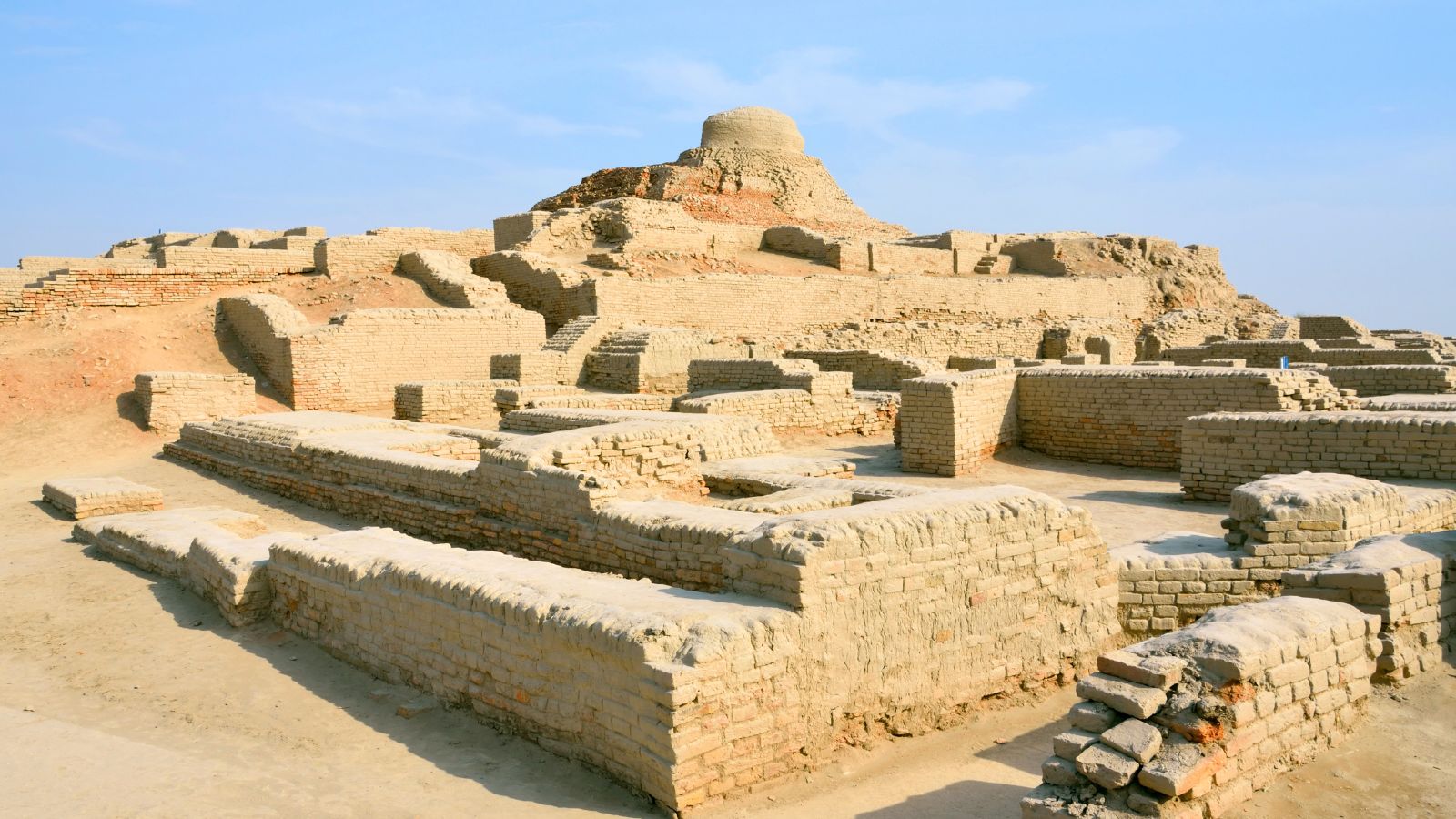
Flourishing around 2500 BC in what is now Pakistan and northwest India, the Indus Valley Civilisation was remarkably advanced in its urban planning. Cities like Harappa and Mohenjo-Daro featured grid-like street layouts, sophisticated drainage systems, and even public baths.
The Great Zimbabwe Enigma
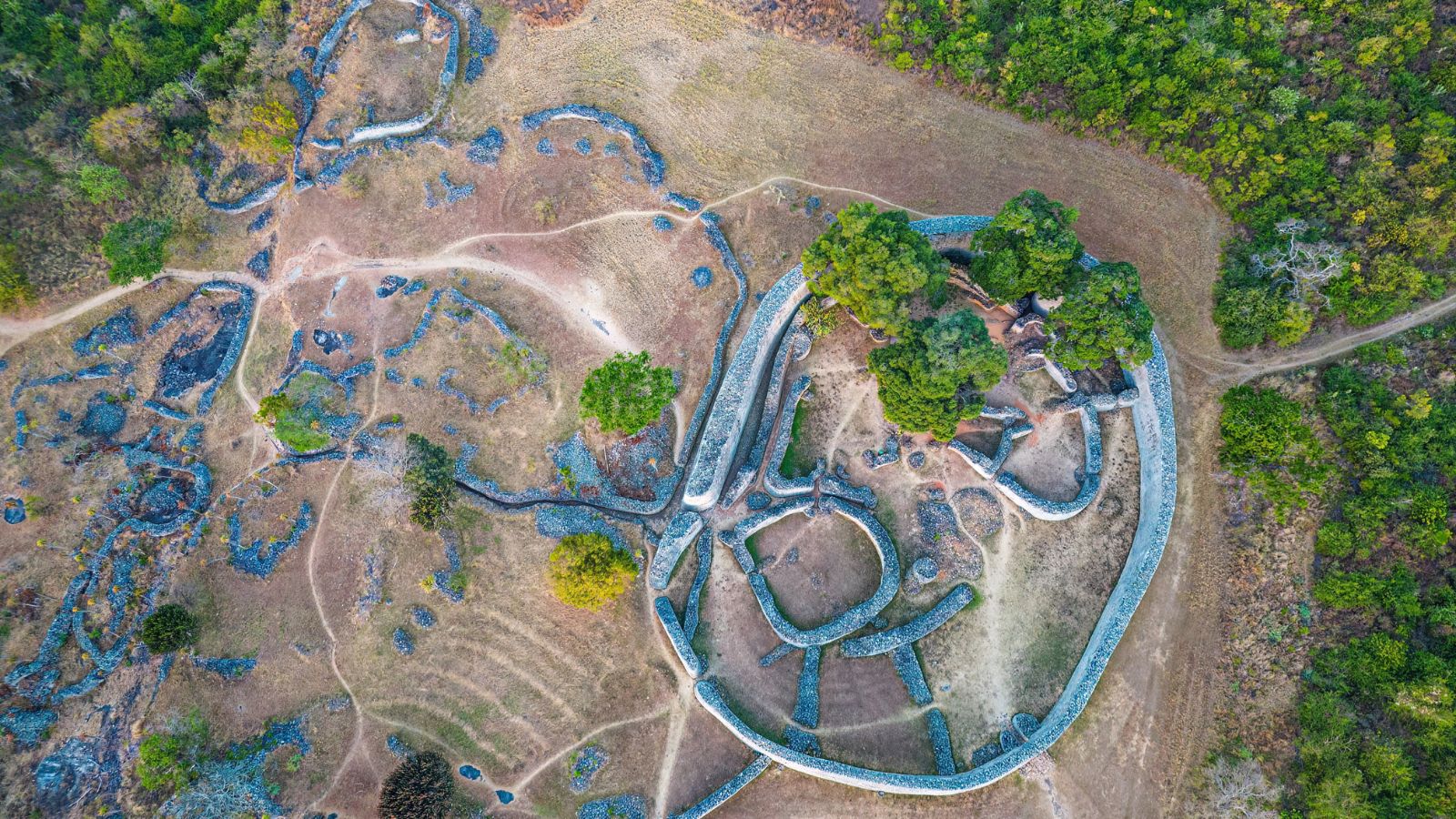
Great Zimbabwe, the capital of the Kingdom of Zimbabwe during the Late Iron Age, remains an enigmatic marvel. Built between the 11th and 15th centuries, its impressive stone structures were constructed without mortar, using a technique known as dry-stone walling. The city’s purpose and the reasons for its decline remain subjects of debate among historians.
Mystery of the Nazca Lines
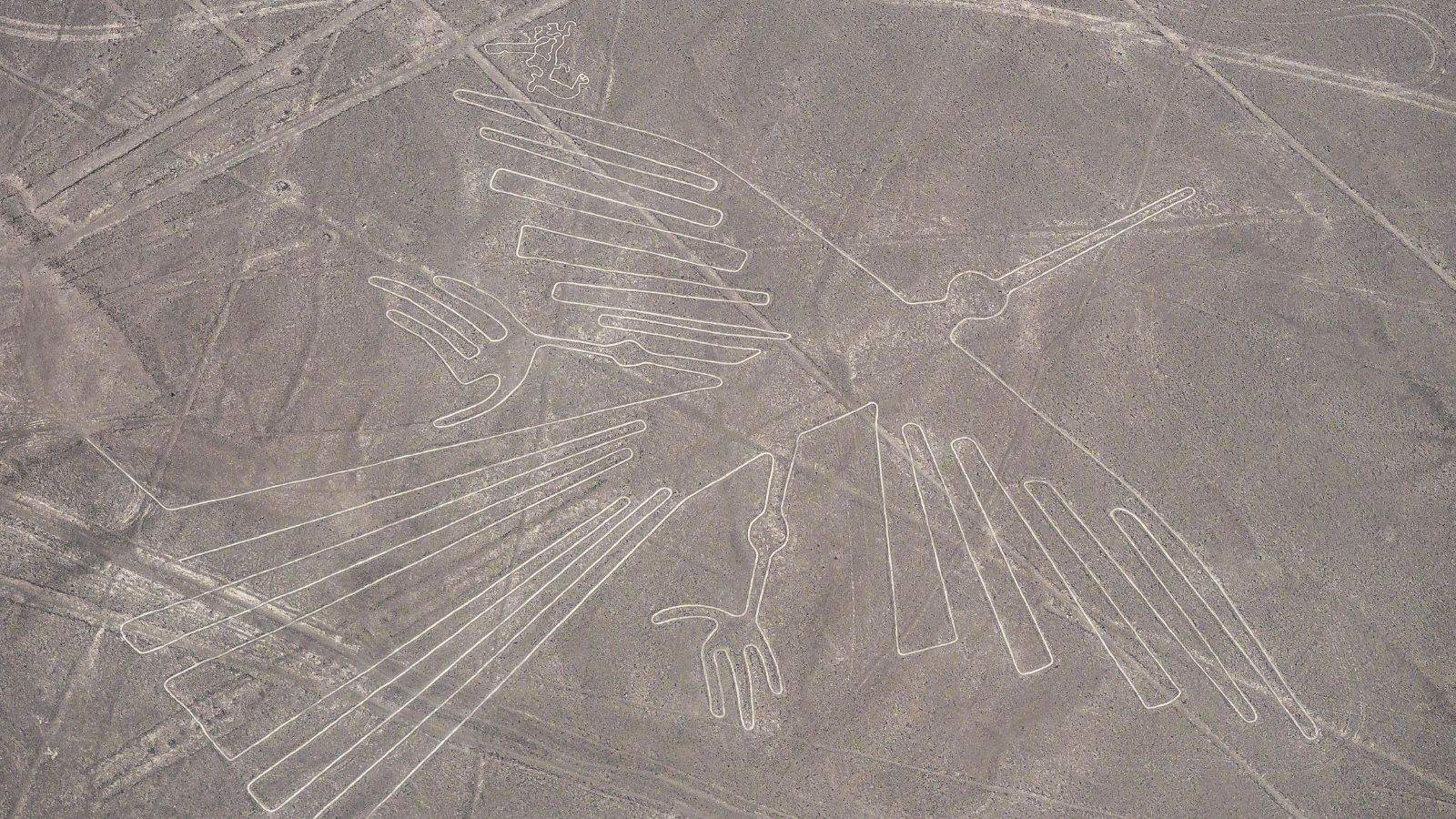
A series of large geoglyphs etched into the desert floor in Peru, created by the Nazca culture between 500 BC and 500 AD, are known as the Nazca Lines. These enormous designs, depicting animals, plants, and geometric shapes, can only be fully appreciated from the air. The purpose of these lines is still a matter of speculation, with theories ranging from astronomical calendars to religious rituals.
Olmecs and Their Colossal Heads
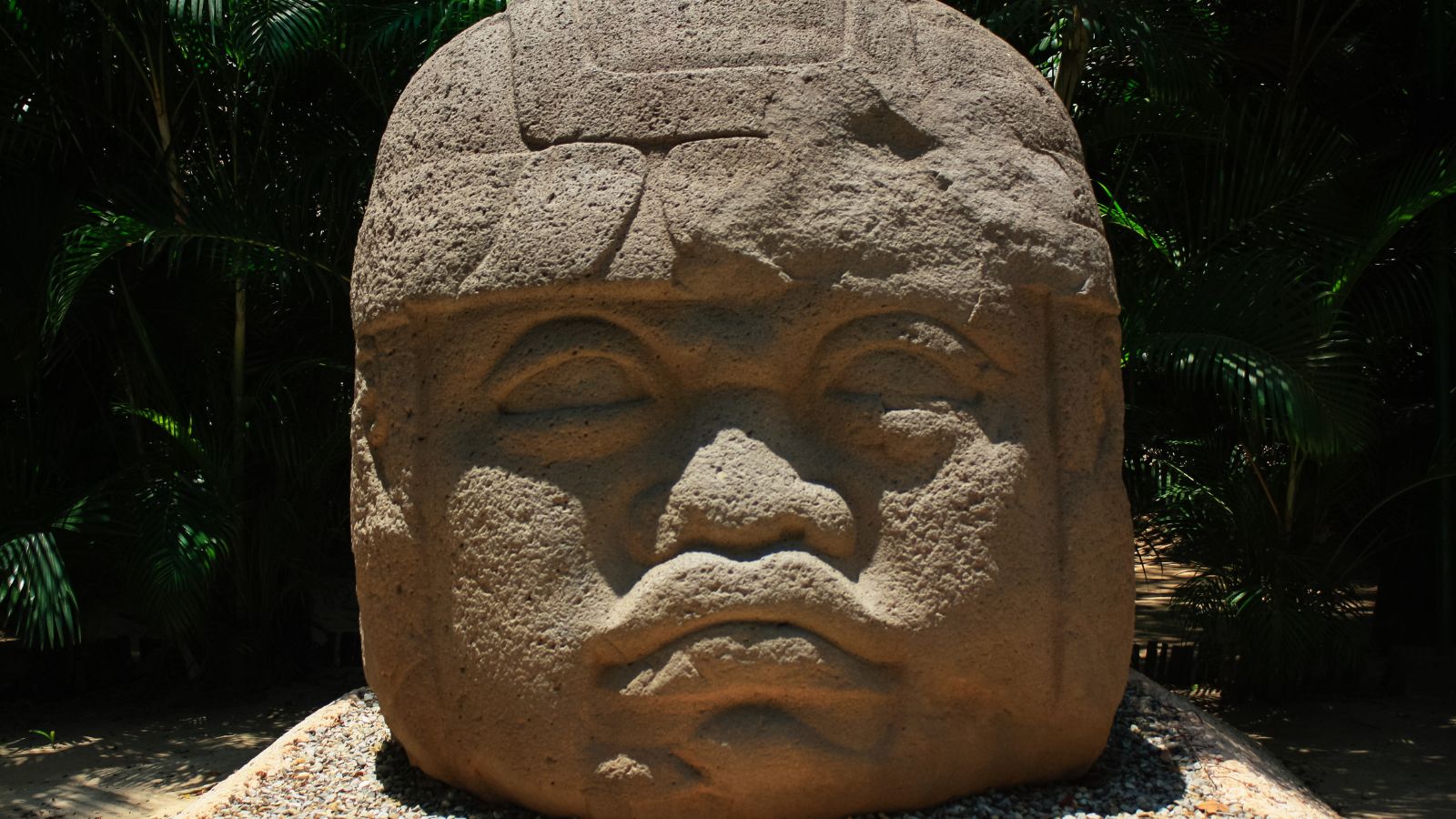
The Olmec civilisation, which thrived in present-day Mexico from 1200 to 400 BC, is renowned for its colossal stone heads. These massive sculptures, weighing several tons each, are thought to represent Olmec rulers. The effort required to carve and transport these heads is staggering, reflecting the Olmecs’ advanced skills in art and engineering.
The Mysterious Decline of the Maya
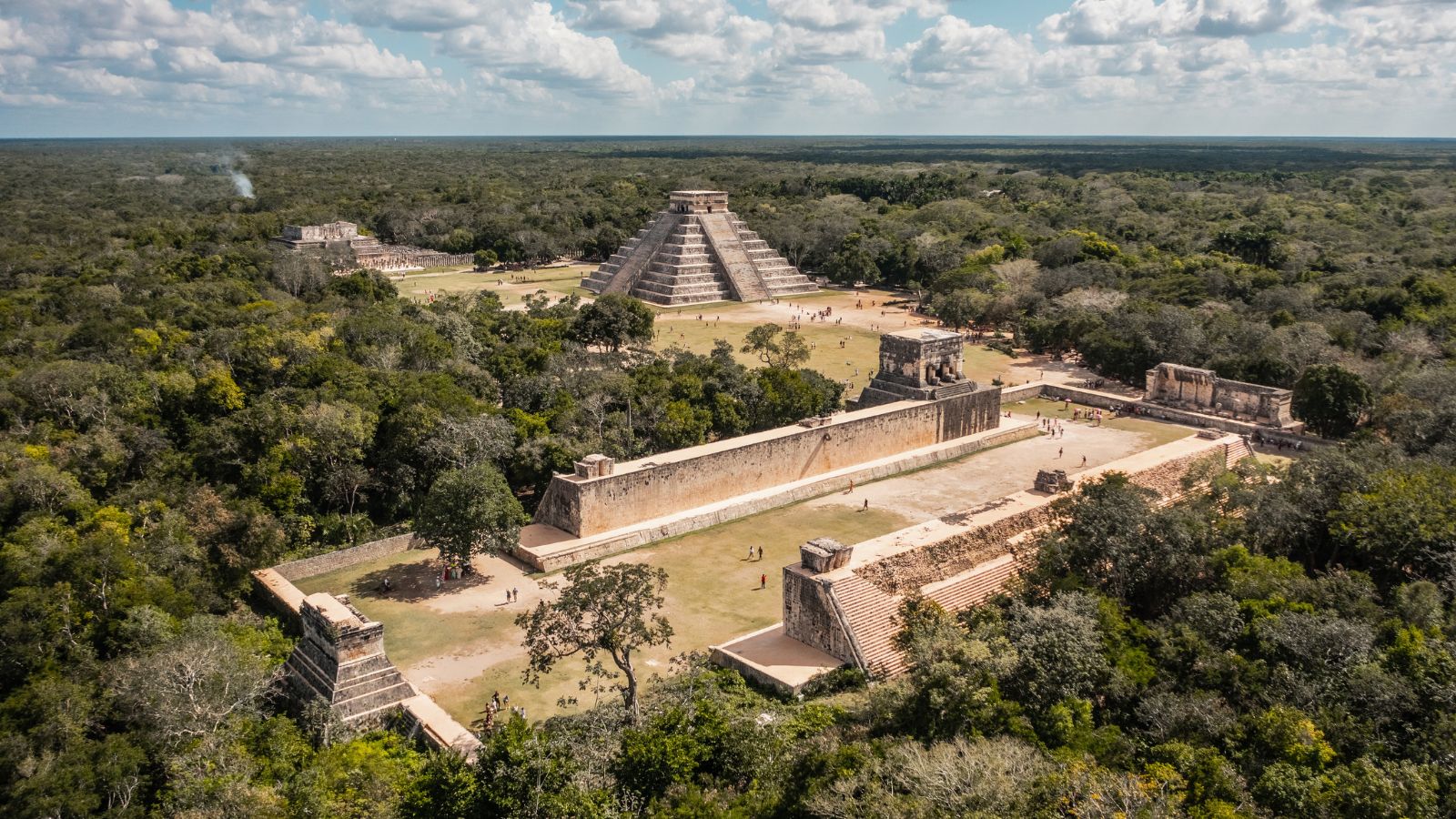
Known for their impressive cities, pyramids, and astronomical achievements, the Mayans experienced a mysterious decline around the 9th century AD. Scholars have proposed various theories to explain this collapse, including environmental changes, warfare, and political instability. Despite their decline, the Maya left behind a rich legacy of art, architecture, and knowledge that continues to influence.
Astronomical Knowledge of the Nabataeans
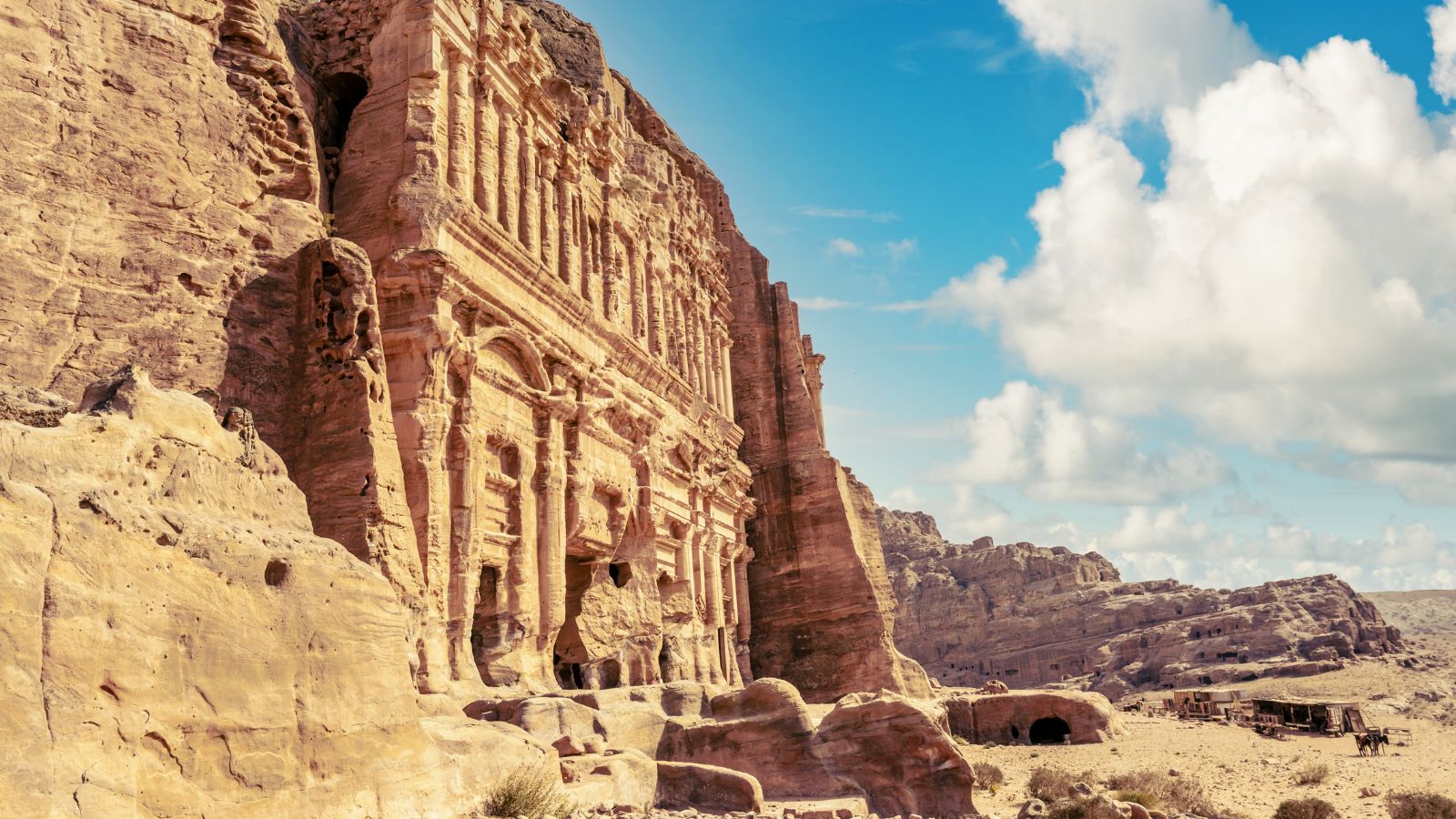
The Nabataeans, famous for their rock-cut city of Petra in Jordan, possessed impressive astronomical knowledge. They carefully aligned their buildings and tombs with celestial events, such as the solstices and equinoxes, suggesting a sophisticated understanding of astronomy.
Aqueducts of the Minoans
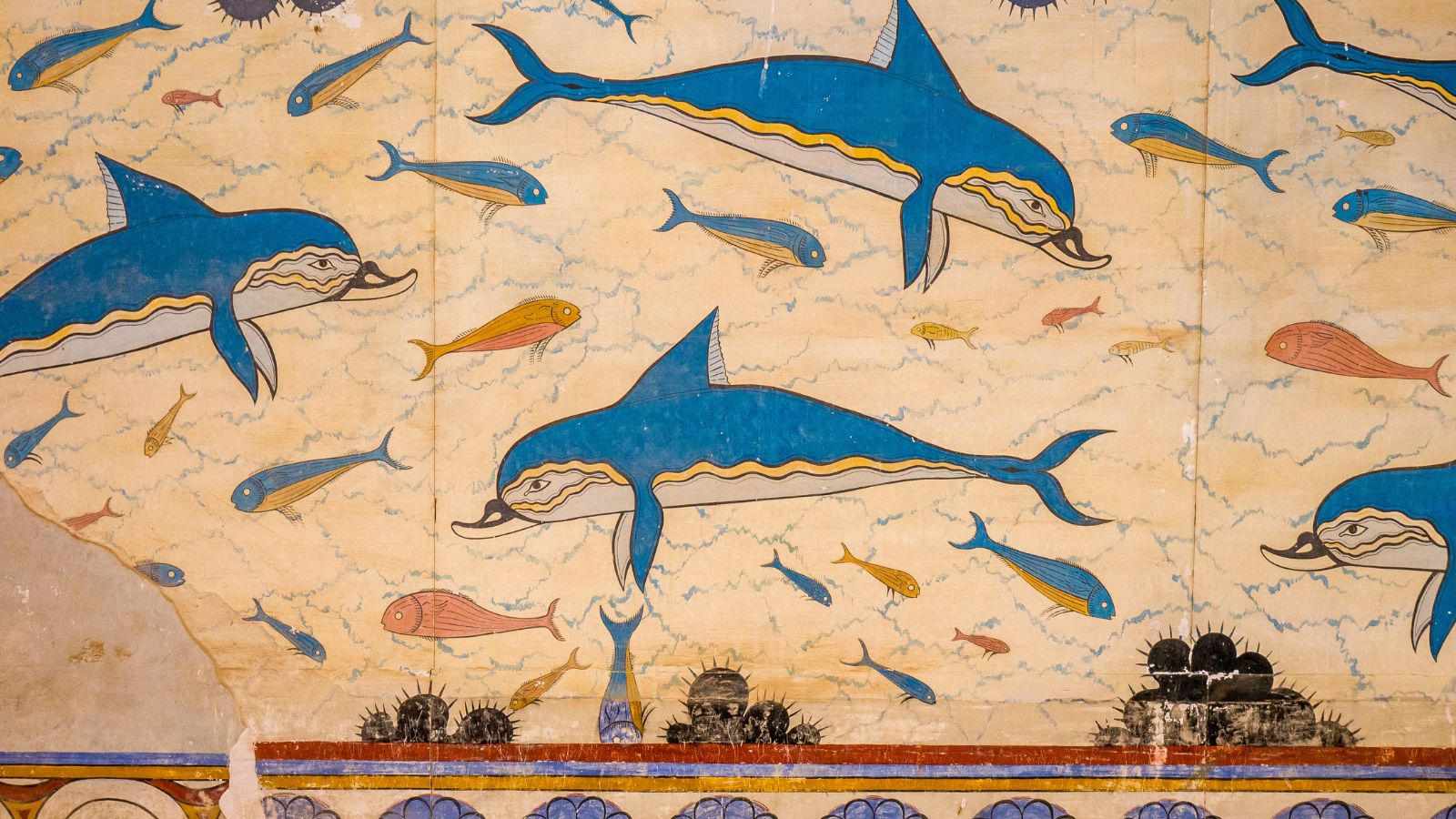
Centred on the island of Crete around 2000 to 1450 BC, Minoans developed advanced aqueducts to transport fresh water to their cities. These aqueducts included clay pipes and sophisticated systems to manage water flow, demonstrating the Minoans’ engineering prowess. The Palace of Knossos, one of their most famous sites, featured complex plumbing and drainage systems.
The Etruscan Influence on Rome

The Etruscans, who inhabited central Italy before the rise of Rome, significantly influenced Roman culture, religion, and architecture. The Romans adopted many aspects of Etruscan society, including their rituals, engineering techniques, and even their alphabet. Etruscan influence is evident in Rome’s early urban planning, religious practices, and public works.
Advanced Metallurgy of the Hittites
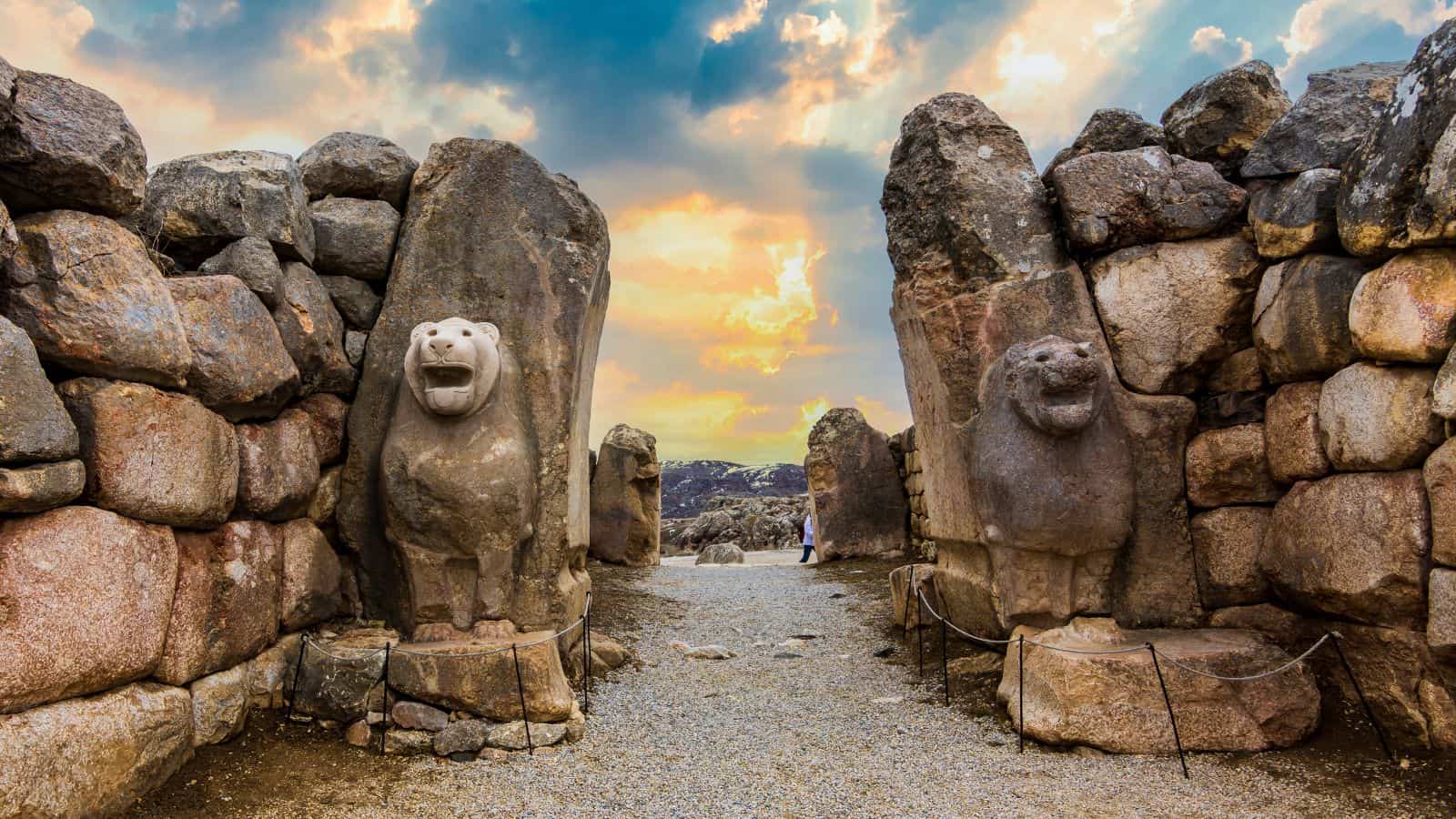
The Hittites, who established an empire in Anatolia (modern-day Turkey) around 1600 to 1178 BC, were pioneers in the field of metallurgy and were among the first to use iron extensively. This marked the transition from the Bronze Age to the Iron Age. The Hittites’ mastery of ironworking allowed them to create superior weapons and tools, giving them a significant technological advantage.
Agricultural Innovations of the Aztecs

Ruling a vast empire in central Mexico from the 14th to the 16th centuries, the Aztecs developed innovative agricultural techniques to sustain their large population. One of their most notable inventions was the chinampa system, also known as ‘floating gardens.’ These artificial islands were created by piling mud and vegetation in shallow lake beds, providing fertile land for crops.
Legal Code of Hammurabi
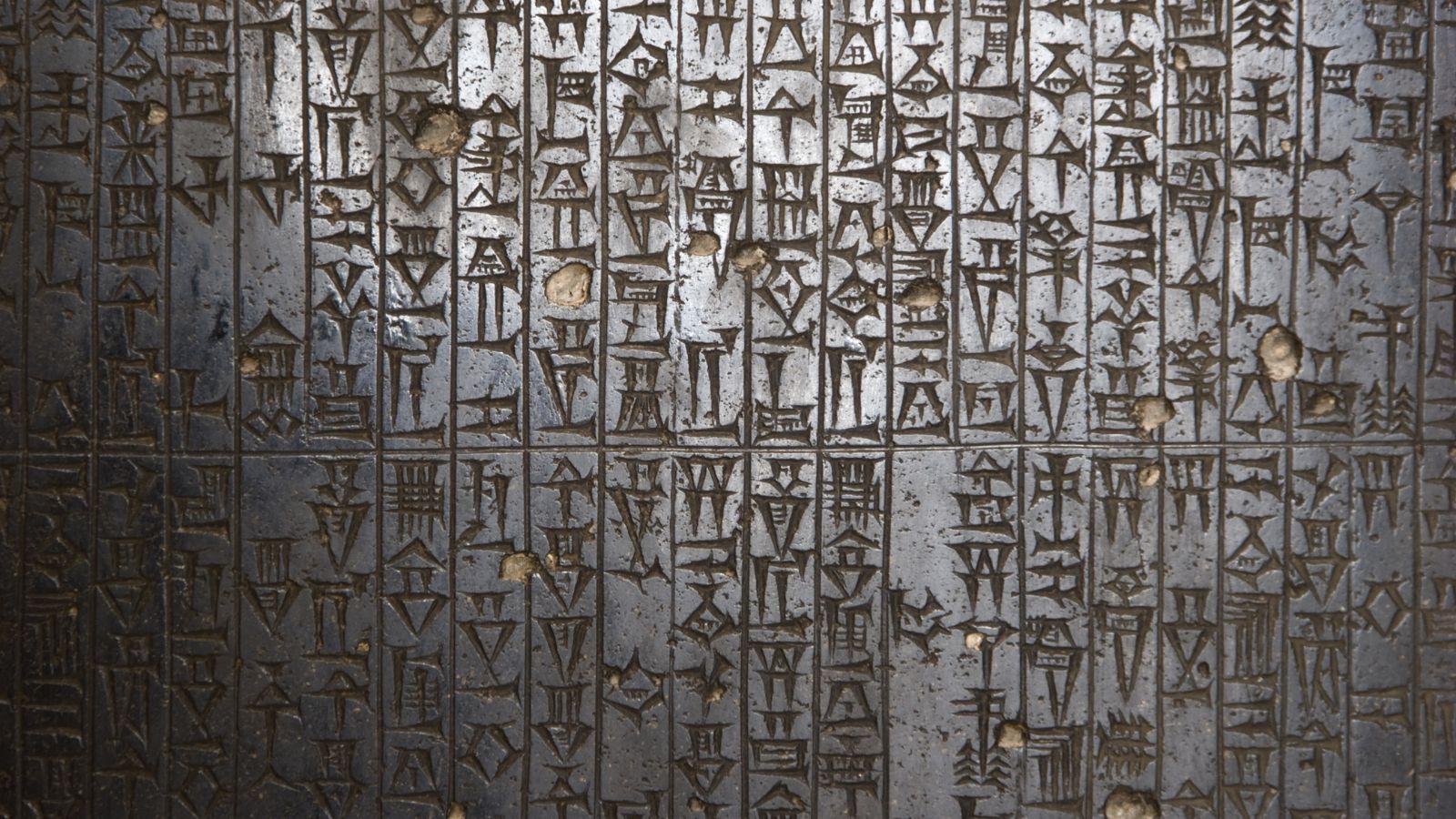
The Code of Hammurabi, one of the oldest known legal codes, was established by the Babylonian king Hammurabi around 1754 BC. This comprehensive set of laws covered various aspects of society, including trade, property rights, and family relations. The code is famously inscribed on a stone stele and includes the principle of ‘an eye for an eye.’
The Celts and Their Ironworking Skills

The Celts, a collection of tribes spread across Europe during the Iron Age, were renowned for their ironworking skills. They produced high-quality iron tools, weapons, and intricate jewellery, demonstrating their advanced metallurgical knowledge. Celtic blacksmiths were highly respected in their communities, and their craftsmanship played a crucial role in the Celts’ daily life.
Maritime Prowess of the Phoenicians
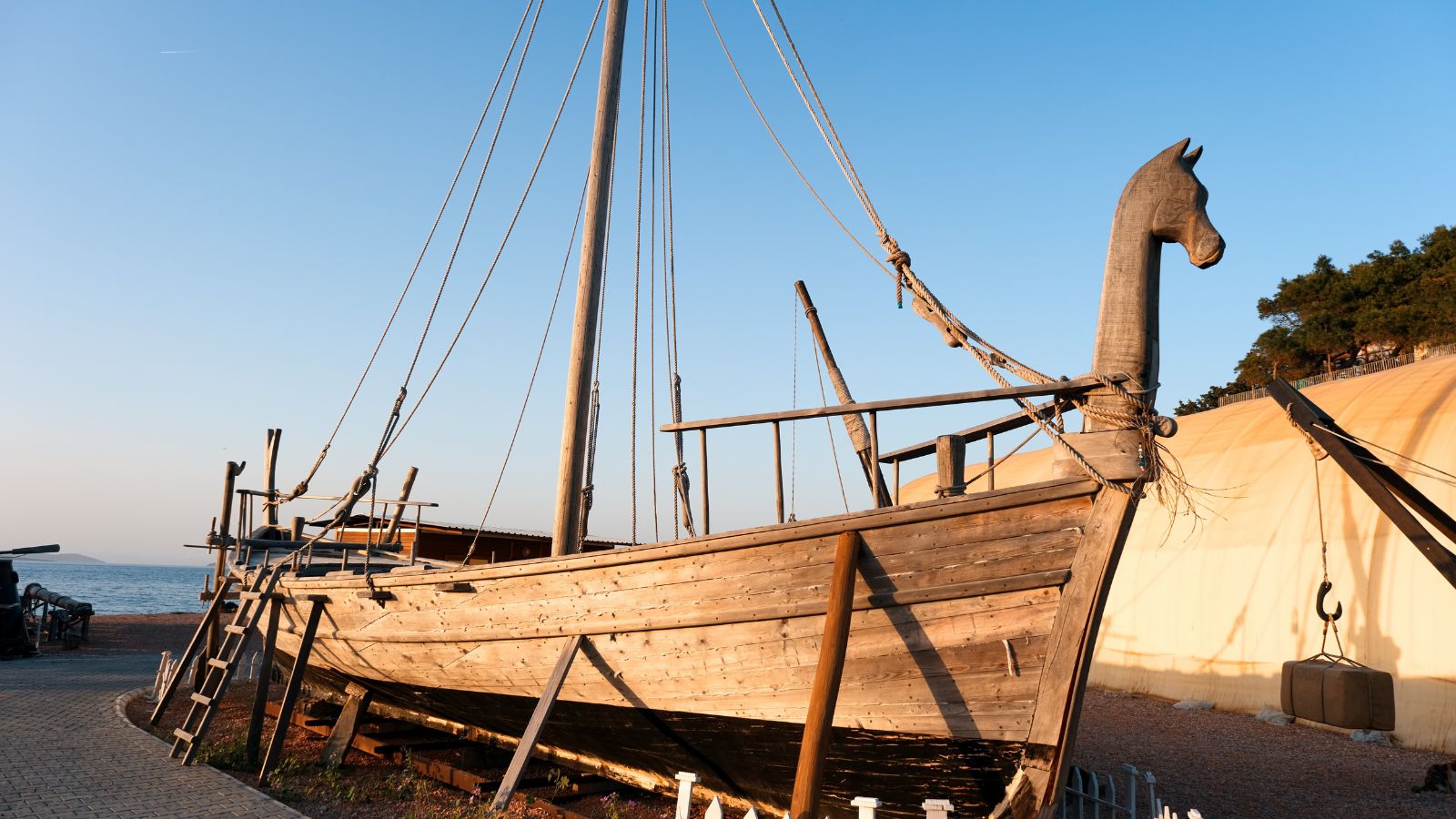
As an ancient seafaring people from the eastern Mediterranean, the Phoenicians were master navigators and traders. Establishing colonies and trading posts across the Mediterranean helped to spread their influence far and wide. The Phoenicians are credited with developing one of the earliest alphabets, which significantly influenced the Greek and Latin scripts.
Extensive Road Network of the Inca

Flourishing in the Andes region of South America from the 15th to the 16th centuries, the Inca built an extensive road network that spanned over 24,000 miles. These roads connected various parts of their empire, facilitating communication, trade, and military movement. The most famous of these roads is the Inca Trail, which leads to the iconic city of Machu Picchu.
Surgery of the Ancient Egyptians

The ancient Egyptians were pioneers in the field of medicine and surgery. They performed complex procedures, such as trepanation (drilling holes in the skull to treat head injuries), with remarkable success. Egyptian doctors documented their medical knowledge on papyrus scrolls, providing detailed descriptions of treatments and surgical techniques.
Advanced Mathematics of the Babylonians
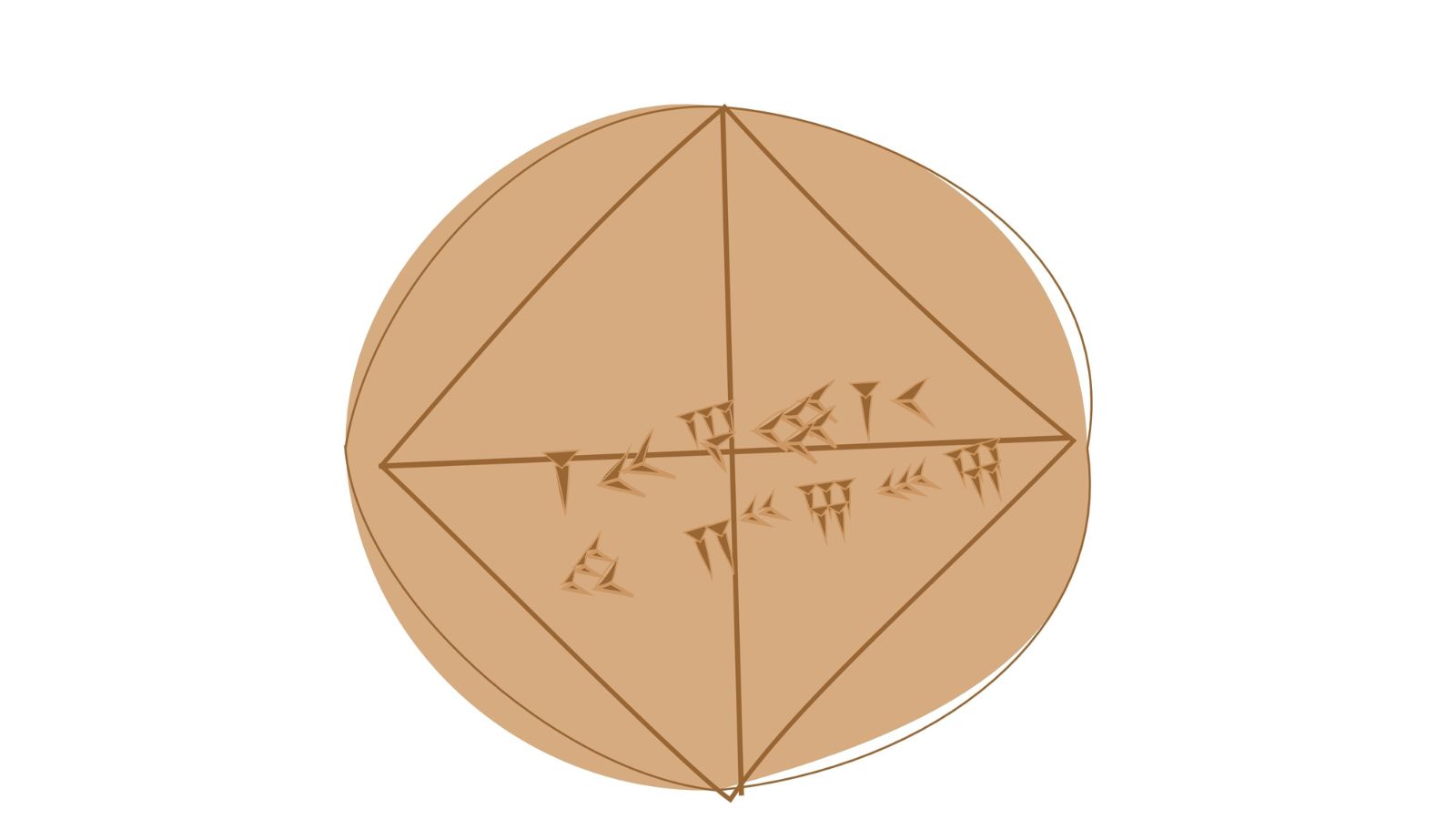
Babylonian mathematicians made advances in algebra, geometry, and astronomy. Their knowledge was recorded on clay tablets, many of which have survived to this day, providing valuable insights into their mathematical achievements and their impact on later cultures. They also developed a sophisticated number system based on the number 60, which is still used in measuring time and angles today.
Weaving of the Paracas

The culture of Paracas, which existed on the southern coast of Peru from around 800 BC to 100 BC, is known for its intricate textiles. Paracas weavers created elaborate and colourful fabrics using advanced techniques, including complex embroidery and dyeing processes. These textiles often depicted detailed scenes of animals, plants, and mythological figures.
Advanced Architecture of the Khmer
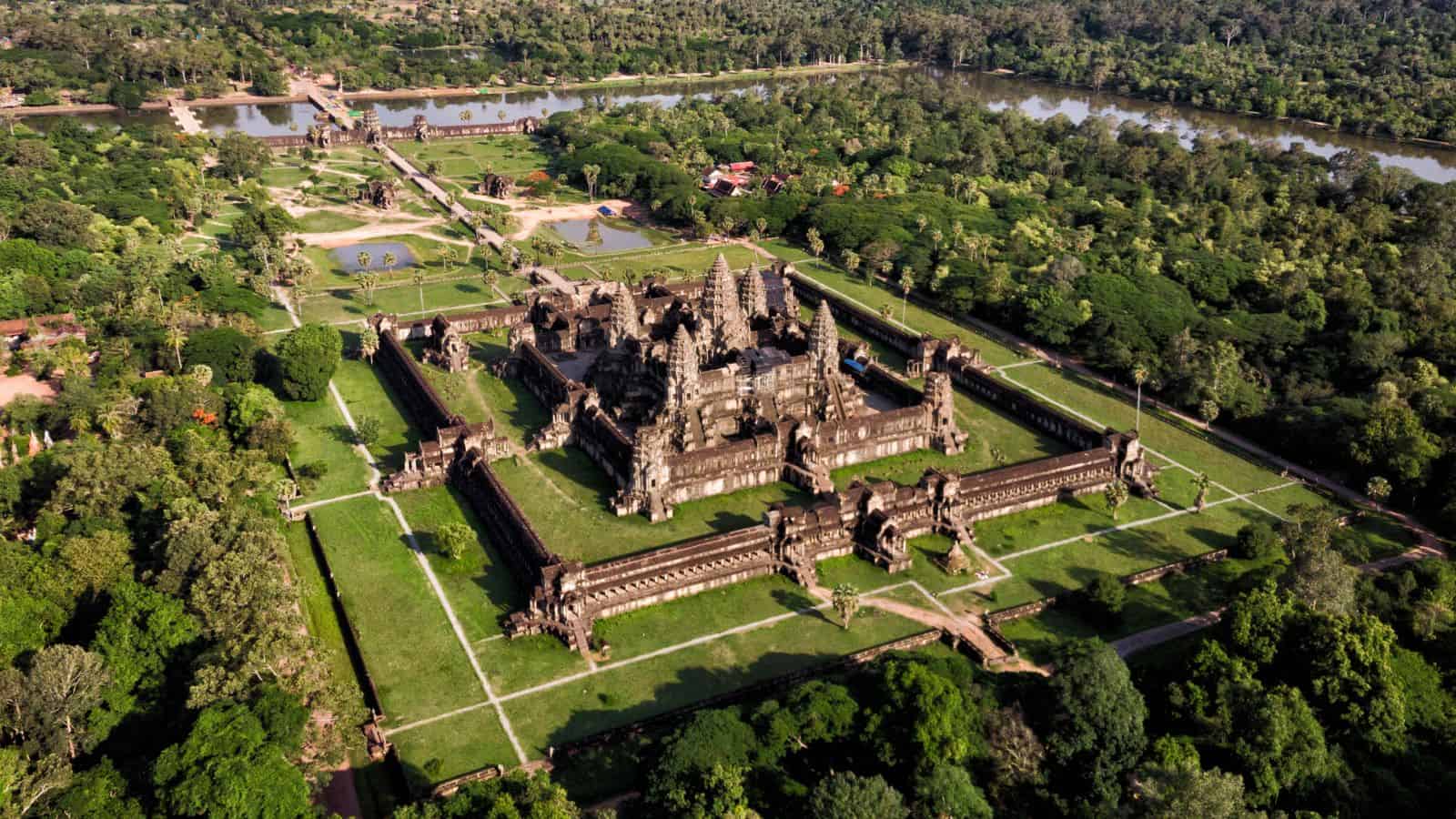
One final ancient civilisation fact not many people know is about the Khmer Empire. Centred in present-day Cambodia, it’s best known for its magnificent temples, such as Angkor Wat. Built between the 9th and 15th centuries, these structures showcase the Khmer’s advanced architectural and engineering skills. The Khmer’s architectural achievements reflect their deep understanding of construction, art, and spirituality, leaving a lasting legacy.

